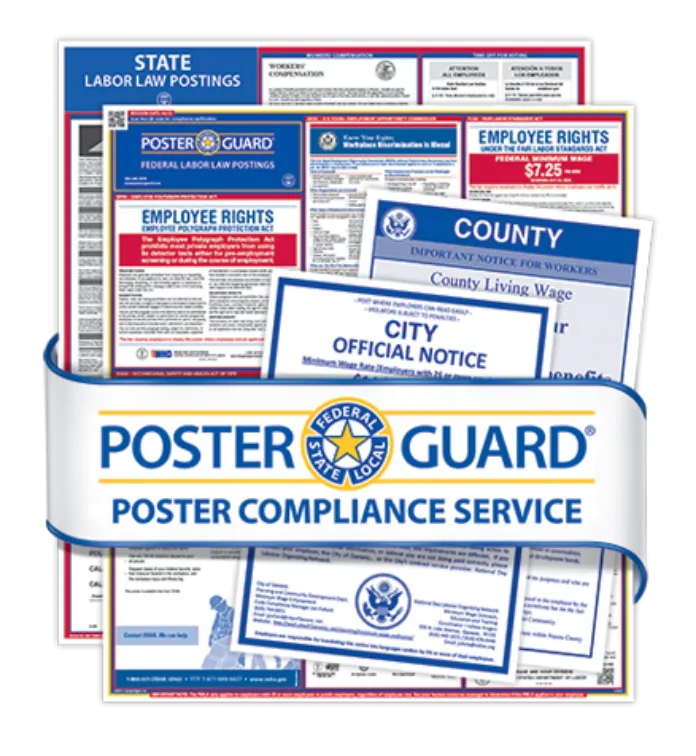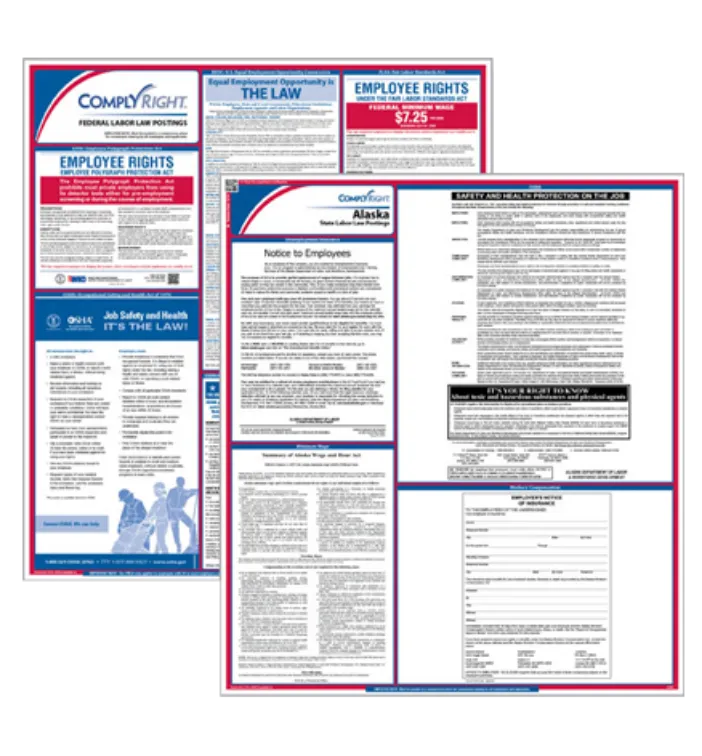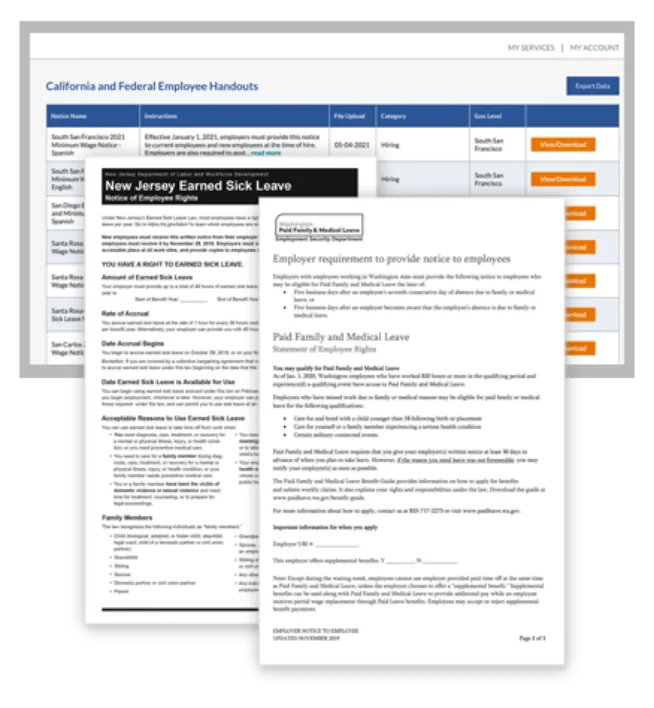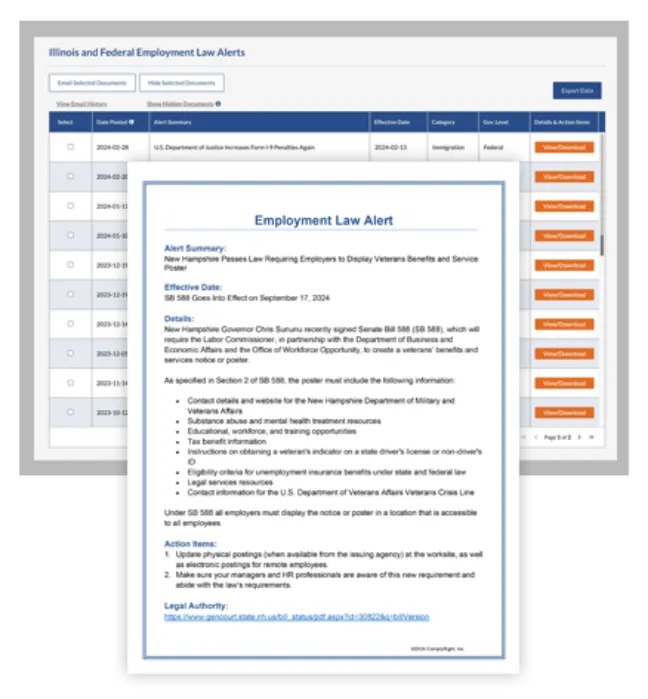While the federal minimum wage hasn’t increased in more than a decade, it remains mandatory for all employers to inform employees of the current minimum wage under the Fair Labor Standards Act (FLSA). Employers are required to do so by displaying the current federal minimum wage poster where all employees can see it.
The Federal Minimum Wage Poster:
What Employers Need to Know
Enacted in 1938 by the U.S. Department of Labor (DOL) — and amended numerous times since — the FLSA sets federal standards for minimum wage, overtime pay, equal pay, child labor and pay-related recordkeeping. These standards, or rules, apply to all workers in the private sector and in federal, state and local governments, and are administered and enforced by the Wage and Hour Division of the DOL.
Since 1938, the federal minimum wage has increased 22 times — from 25 cents an hour to the current rate of $7.25 an hour.
To make sure employers communicate pay rights to employees, the DOL maintains an official posting that all employers must display in the workplace. (This is one of the six mandatory federal postings employers are required to display.) While the poster is commonly known as the “federal minimum wage poster,” its content covers many more FLSA-related topics, including:
- Minimum Wage: $7.25 an hour, effective July 24, 2009
- Overtime Pay: For non-exempt positions, employers must pay at least 1½ times the regular rate of pay for all hours worked over 40 in a workweek.
- Child Labor: Employees must be at least 16 years old to work in most jobs and at least 18 years old to work jobs declared hazardous by the Secretary of Labor. Farm jobs are excluded from this rule.
- Tip Credit: Employers must pay tipped employees a cash wage of at least $2.13 an hour if they claim a tip credit against their minimum wage obligation. If an employee’s tips combined with the employer’s cash wage do not equal the minimum hourly wage of $7.25, the employer must make up the difference.
- Nursing Mothers: On May 4, 2023, the DOL released a mandatory update to this poster to reflect recent amendments regarding break time for nursing employee under the Providing Urgent Maternal Protections (PUMP) for Nursing Mothers Act. The new text reads: The FLSA requires employers to provide reasonable break time for a nursing employee to express breast milk for their nursing child for one year after the child’s birth each time the employee needs to express breast milk. Employers must provide a place, other than a bathroom, that is shielded from view and free from intrusion from coworkers and the public, which may be used by the employee to express breast milk.
Don’t Ignore State, County and City Minimum Wage Laws
Because the federal minimum wage has not changed since 2009, many states have passed laws establishing a higher minimum wage than the federal minimum. And more recently, some counties and cities have established minimum wage rates that are higher than the state or federal minimum. These more generous minimum wage laws require additional postings beyond the federal minimum wage poster.
It’s important to consider that you’re legally required to display all mandatory postings — federal, state and local where applicable — in each business location, even if they conflict. And you are required by law to pay the most generous rate to your workers.
Know Your Rates!
The Minimum Wage Monitor is a valuable resource for understanding minimum wage rates across the U.S. The map shows current minimum wage rates along with a four-year history of changes across all states, counties and cities. You can quickly verify minimum wage rates by selecting a state on the map and seeing the rate and the date the change went into effect (or will go into effect).
Are You Required to Display the Minimum Wage Poster?
If you have at least one employee in your business, you are required to display certain labor law posters, including the federal minimum wage poster. Be sure to put it in a conspicuous location accessible to all employees, such as a break room, entrance area or near the time clock station. Larger businesses should post in multiple areas to ensure all employees can easily view it.
Bottom line: If you have employees, you need to display minimum wage posters. Failure to display the correct federal, state and local employment law notices can result in penalties, fines and lawsuits.






